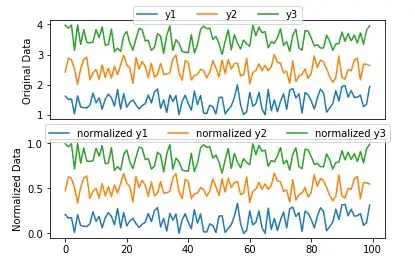In Bayesian models, can you use Uniform(-inf, inf) as a prior?
I ask because in an class, we looked at MH MCMC sampler, and showed that to sample from a distribution, we need not explicitly solve for the denominator because the numerator is proportional to the the posterior, which will inform the sampler where it should spend more/less of it's time, so you really only need be concerned with the prior and likelihood terms.
I asked the question, "what if the prior term in the numerator was just multiplying the likelihood by 1?" To which my professor said, "this would be analogous to specifying a Uniform prior with support from negative infinity to positive infinity, as there are no range limitations and every value that the parameter could take on would be weighted the same."
First, I'm not sure whether this is or isn't okay. And second, I've heard that 'there really aren't any uninformative priors' though this sounds about as uninformative as a prior could get.
Could someone clarify?
